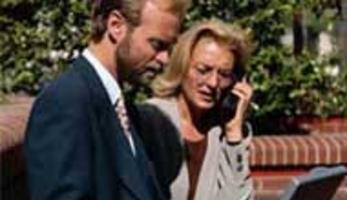Business travel planning
Summary
The sustainability of business-related journeys can be improved by promoting alternative transport modes and reducing the need to travel.
Implementing sustainable mobility
Business-related travel includes both travel to work and travel for work. Developing travel plans can help companies to cut the number of kilometres travelled by private car and reduce negative environmental impacts by:
- encouraging the use of transport modes with lower emissions of pollutants, such as walking, cycling and public transportation;
- encouraging the sharing of cars for journeys to work or business trips; and
- reducing the need to travel, for example by opting for teleconferencing rather than face-to-face meetings.
Progress
Business travel plans were implemented in Preston with a range of companies and linked closely to other SUCCESS initiatives (such as improvements to cycling infrastructure).
- A network for the distribution to companies of information about walking, cycling and public transportation was established and maintained.
- Car-sharing software was made available to businesses.
- Advice about teleconferencing and home working was made available to businesses.
- A dedicated business travel planning officer provided business travel planning advice to at least 100 businesses in the project area.
- Grants were provided to selected businesses to enable the implementation of on-site business travel planning initiatives (improved travel information for staff, priority parking for car sharers, walking and cycling facilities etc.).
- Cycle parking facilities were installed or extended at at least 100 business sites within the project area.
- Travel demand and supply was coordinated between businesses and public transport operators.
Outcomes
Business travel planning led to an increase in the use of sustainable modes for journeys to and from businesses in the area. More than half of survey respondents said that they were aware of the county council’s car-sharing website. Travelling by bus increased for medium to long distances; cycling increased in popularity over medium distances; and train travel was more popular over long distances.
This fact sheet has been updated by a third party on the basis of available information (not by the city itself), therefore we do not guarantee any data with respect to their content, completeness or up-to-dateness.









